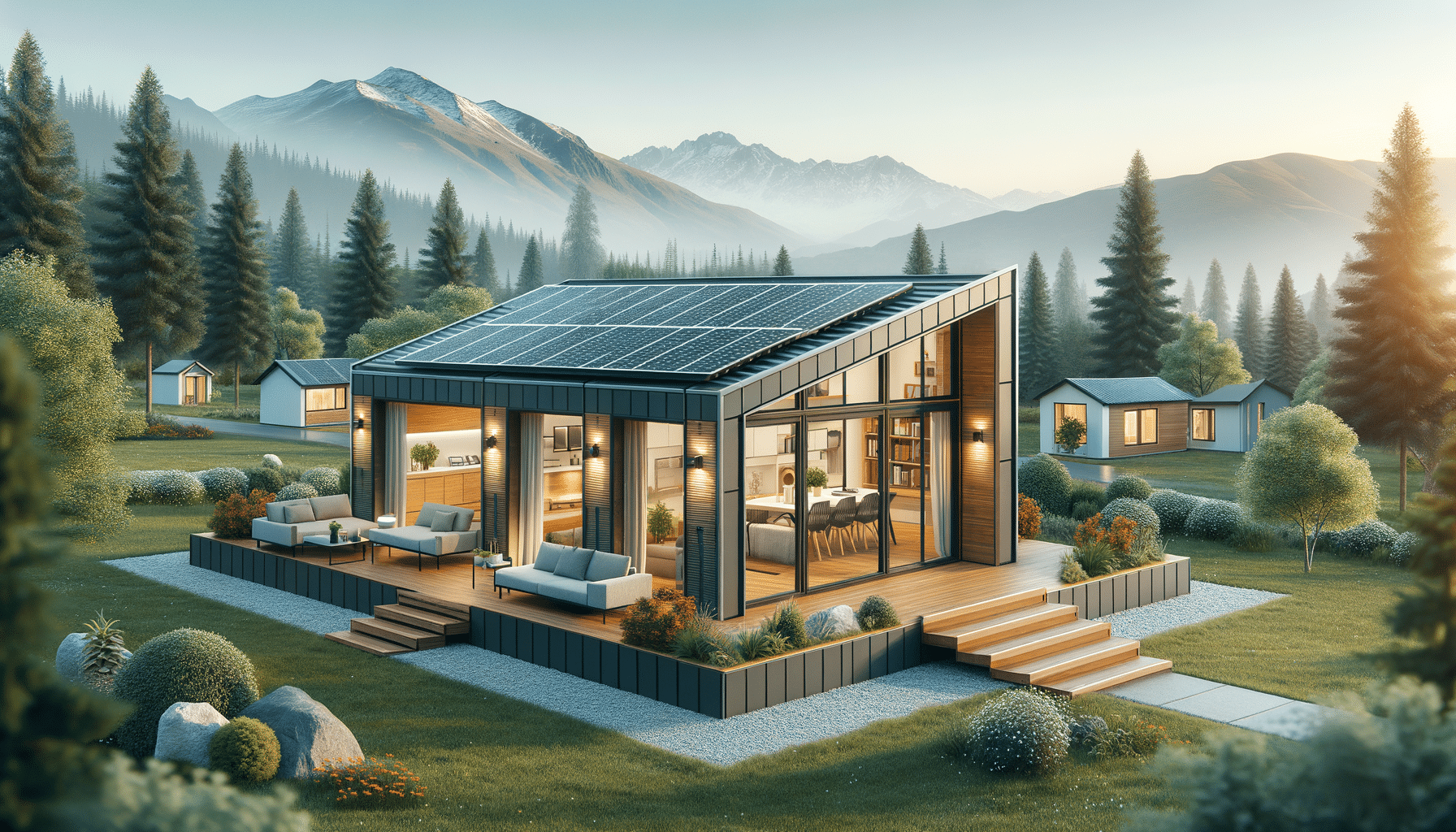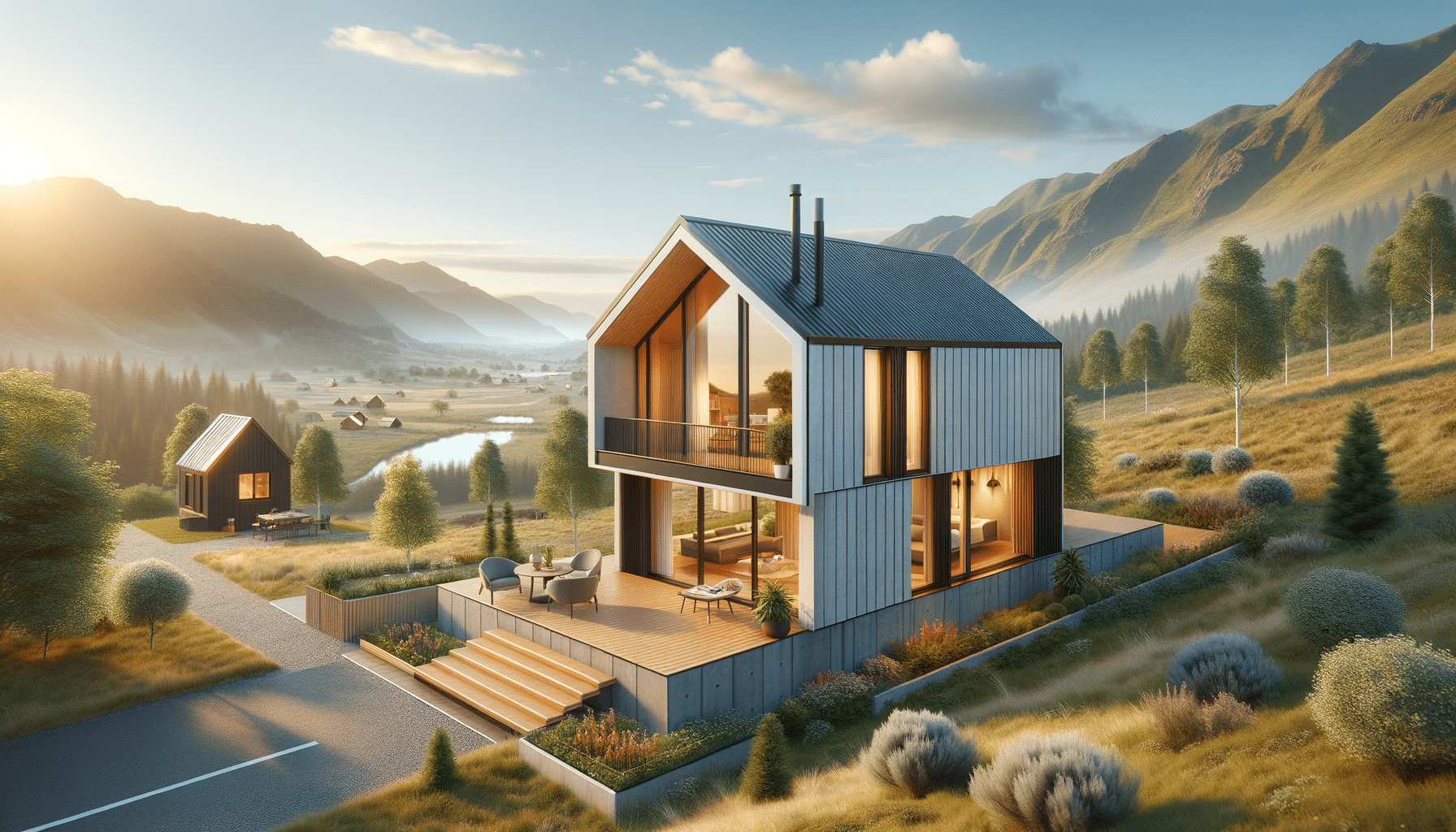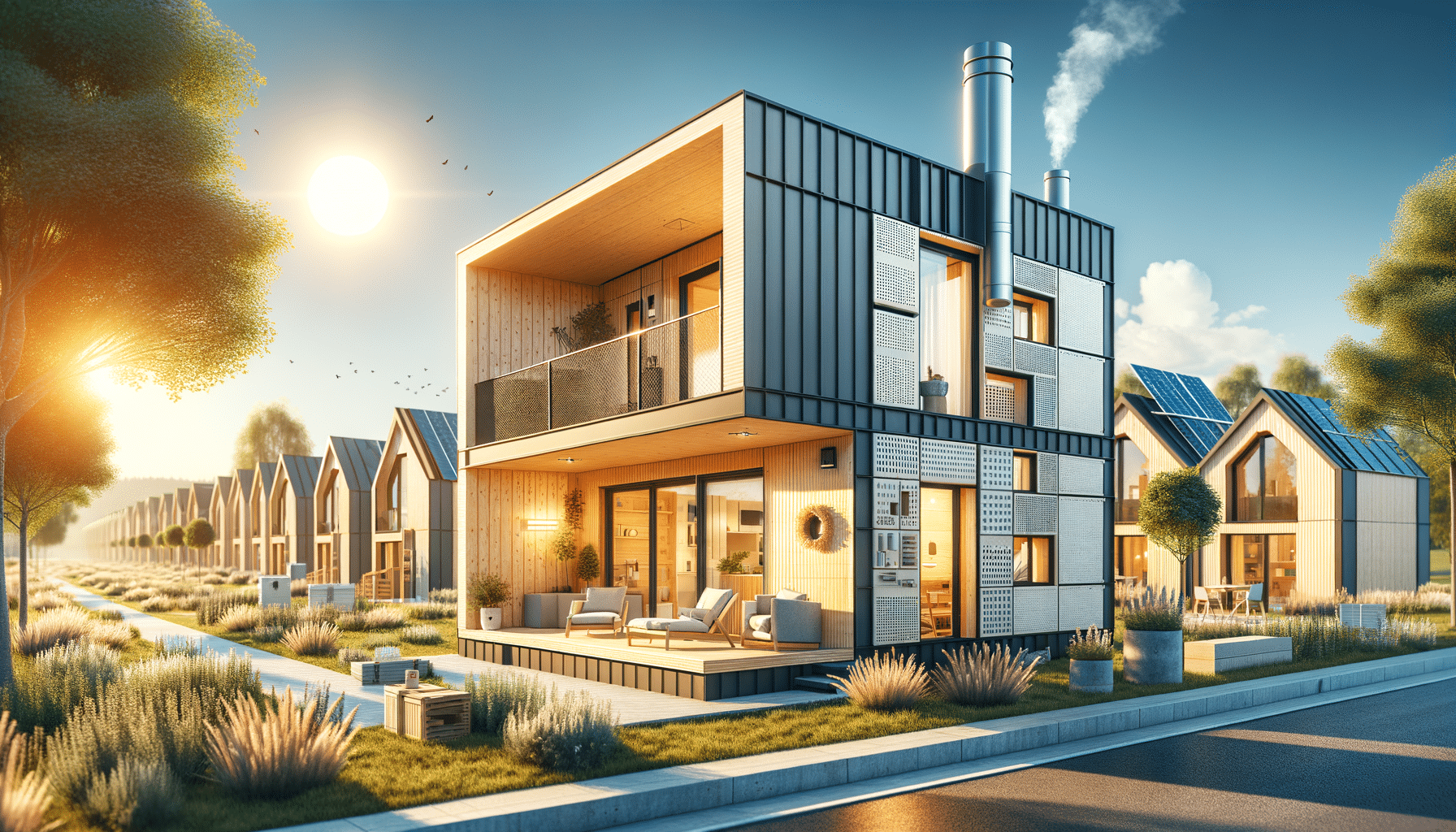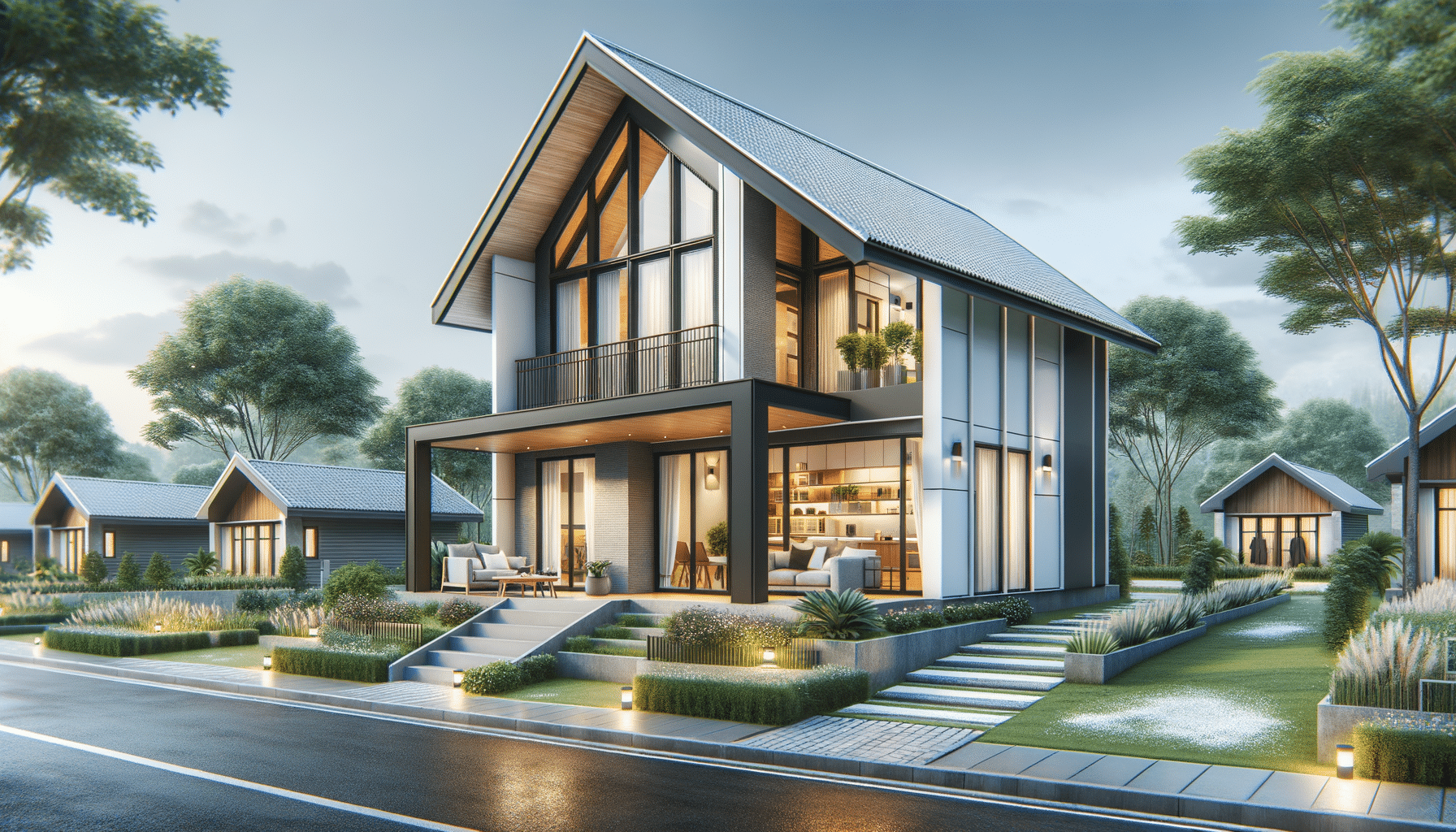
Prefabricated Homes: A Buyer’s Guide to Modern Turnkey Designs
Introduction to Prefabricated Homes
In recent years, the popularity of prefabricated homes has surged, offering a modern and efficient alternative to traditional construction methods. These homes, often referred to as prefab homes, are built off-site in sections and then assembled on location. This innovative approach not only reduces construction time but also minimizes costs, making it an appealing option for many homebuyers. As the demand for sustainable and cost-effective housing solutions grows, understanding the nuances of prefabricated homes becomes increasingly important.
Understanding Prefabrication: Types and Techniques
Prefabricated homes come in a variety of styles and construction methods, each offering unique benefits. The primary types include modular homes, panelized homes, and manufactured homes. Modular homes are constructed in sections, or modules, in a factory setting and then transported to the site for assembly. This method allows for high precision and quality control.
Panelized homes, on the other hand, are built using pre-made panels that are assembled on-site. This technique provides flexibility in design and can be customized to suit individual preferences. Manufactured homes, commonly known as mobile homes, are entirely constructed in a factory and then delivered to the site. These homes are often more affordable and can be moved if necessary.
The prefabrication process involves several advanced techniques, such as 3D printing and automated assembly lines, ensuring consistency and reducing waste. By understanding these types and techniques, potential buyers can make informed decisions based on their specific needs and preferences.
Advantages of Prefabricated Homes
One of the most significant advantages of prefabricated homes is their cost-effectiveness. By streamlining the construction process, these homes often require less labor and materials, resulting in lower overall costs. Additionally, the controlled factory environment minimizes delays caused by weather, ensuring timely completion.
Prefabricated homes are also known for their energy efficiency. The precision of factory construction allows for better insulation and airtight seals, reducing energy consumption and lowering utility bills. Furthermore, many prefab homes are built with sustainable materials, contributing to a smaller carbon footprint.
Another notable benefit is the flexibility in design. Prefabricated homes can be customized to meet a wide range of aesthetic and functional preferences, from minimalist designs to more elaborate architectural styles. This adaptability makes them an attractive choice for diverse demographics, from young families to retirees.
Challenges and Considerations
Despite their many advantages, prefabricated homes also present certain challenges. One of the primary concerns is financing, as some lenders may be hesitant to provide loans for prefab homes due to misconceptions about their value and durability. However, as the market for these homes grows, more financial institutions are beginning to offer specialized mortgage products.
Another consideration is the availability of land. Prefabricated homes require a suitable plot for installation, which can be a significant investment in itself. Additionally, zoning regulations and building codes may vary by location, potentially complicating the approval process.
Buyers should also be aware of the potential limitations in customization compared to traditional homes. While prefab homes offer a range of design options, certain structural and aesthetic changes may be restricted due to the standardized nature of prefabrication.
Conclusion: Is a Prefabricated Home Right for You?
As the housing market continues to evolve, prefabricated homes stand out as a viable and attractive option for many buyers. Their cost-effectiveness, energy efficiency, and design flexibility make them an appealing choice for those seeking a modern and sustainable living solution. However, potential buyers should carefully consider the challenges associated with financing and land acquisition, as well as any limitations in customization.
Ultimately, the decision to invest in a prefabricated home depends on individual needs and circumstances. By understanding the various aspects of prefab construction, buyers can make informed choices that align with their lifestyle and financial goals. As awareness and acceptance of prefabricated homes grow, they are poised to play a significant role in the future of residential construction.


